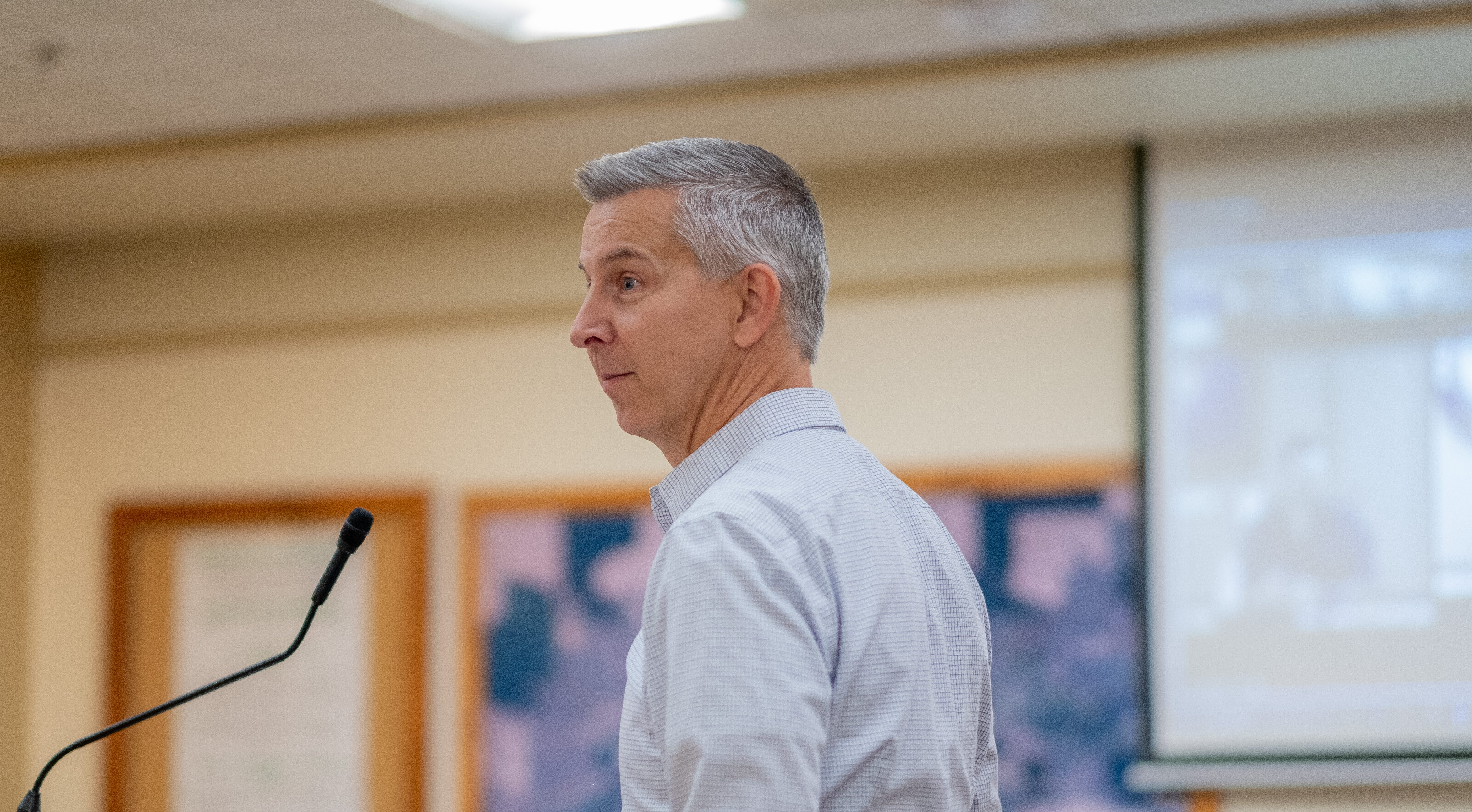Oregon schools should prioritize English language learners, special education students for in-person instruction, state officials
Published 1:30 pm Wednesday, August 12, 2020
SALEM — Students for whom English is a second language and those enrolled in special education programs must be prioritized for in-person instruction if their school does not experience a confirmed case of COVID-19 in 14 days, even if county-wide metrics do not allow for all children to return to classrooms, state officials said Tuesday, Aug. 11.
Such students are in a particularly precarious position as the pandemic threatens to exacerbate disparities in education for Black, Indigenous and other children of color, many of whom are enrolled in either English Language Learner programs or require special education services.
Trending
The updated Oregon Department of Education guidelines also apply to career technical education students or other groups with an acute need to receive in-person instruction. It’s up to districts to decide which student groups qualify.
Districts are not required to offer in-person instruction for their students this fall — the guidelines released Aug. 11 make it clear the 14-day rule is an exception for some student groups and many metro-area districts have already announced that none of their students will see the inside of a classroom until at least November.
English language learners, in particular, lag behind their peers in meeting state reading and math benchmarks. Statewide, 7% of those students met state benchmarks in both reading and math in 2019 compared to 53% and 39%, respectively, of students overall.
The state does not release statistics for students enrolled in special education programs, but 13% of those identified as having a disability met state math benchmarks and 19% met reading standards in 2019.
Professional organizations representing educators, pediatricians and school administrators for some time have said that although it’s important for students to return to in-person instruction as soon as possible, it’s equally essential for schools and districts to adopt measures meant to prevent the spread of COVID-19.
“We recognize that children learn best when physically present in the classroom. But children get much more than academics at school,” the American Academy of Pediatrics said in a statement last month. “They also learn social and emotional skills at school, get healthy meals and exercise, mental health support and other services that cannot be easily replicated online.”
Trending
Black and Latino children are also disproportionately hospitalized due to coronavirus infection, the Centers for Disease Control has found.









